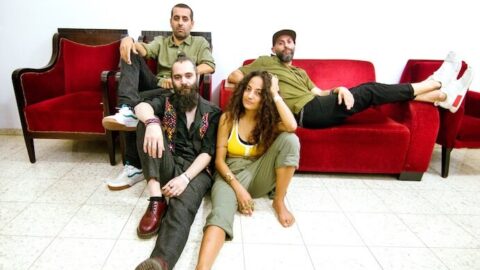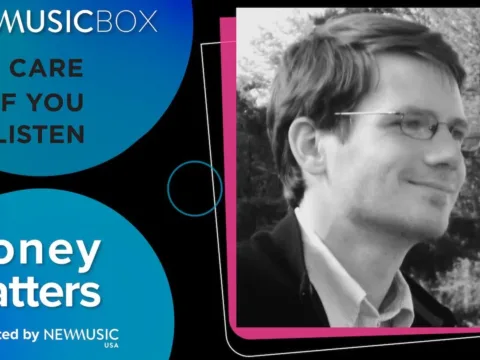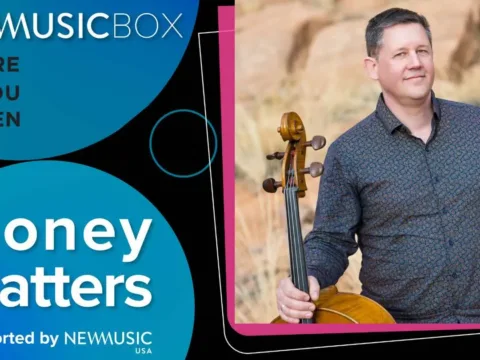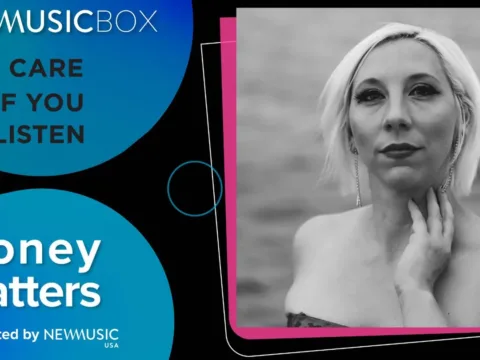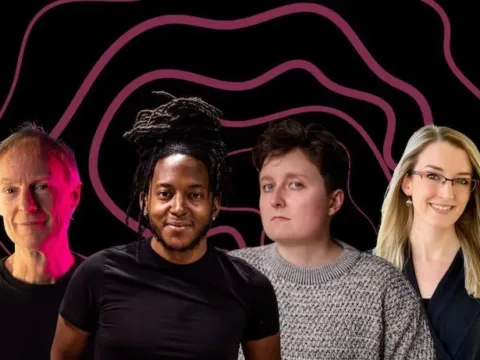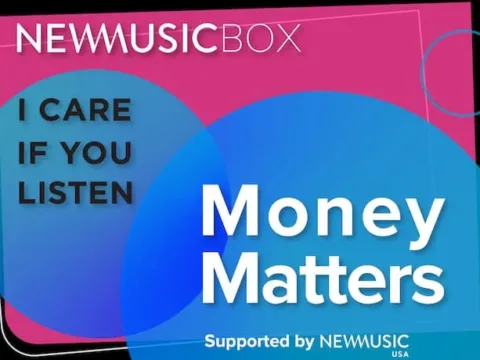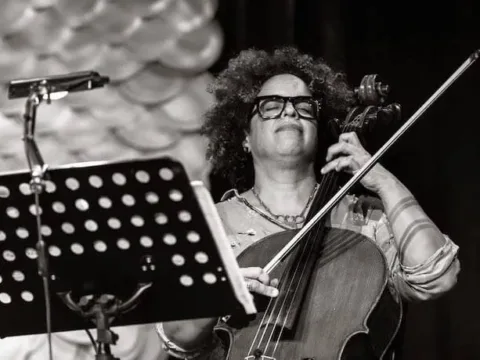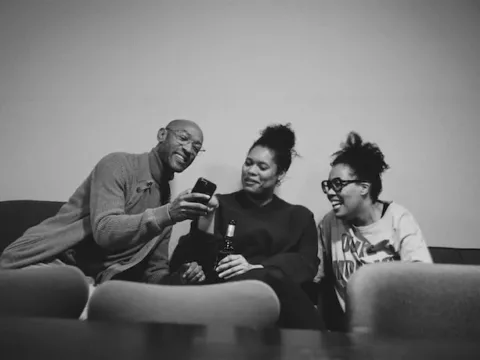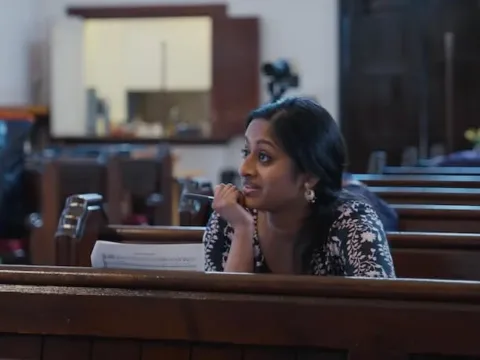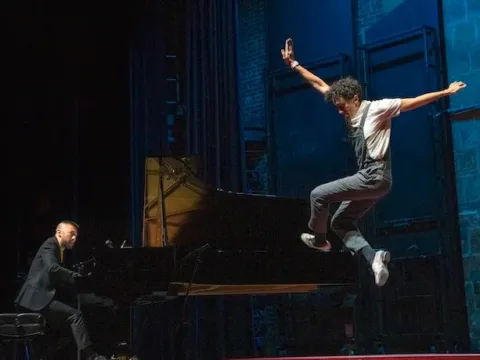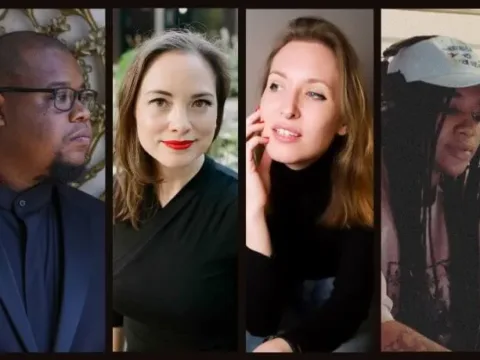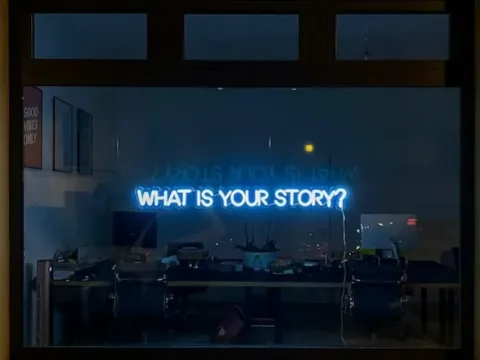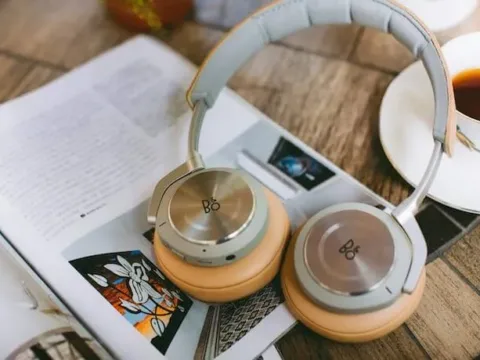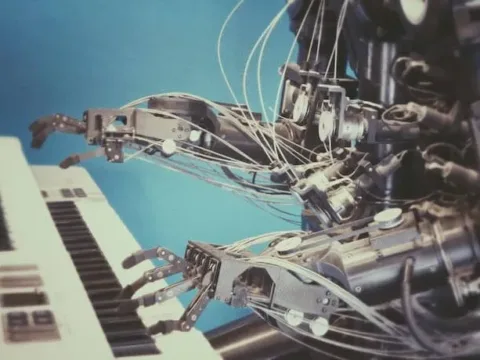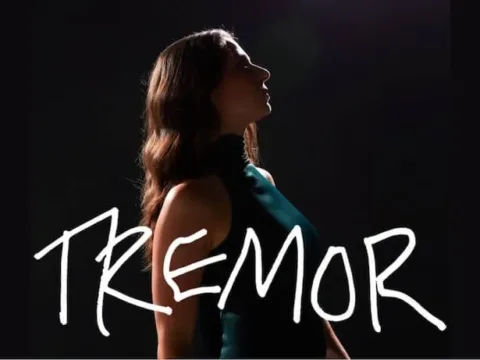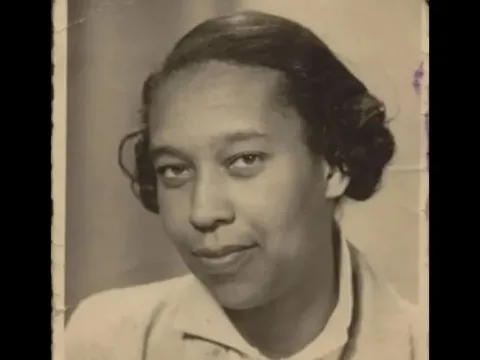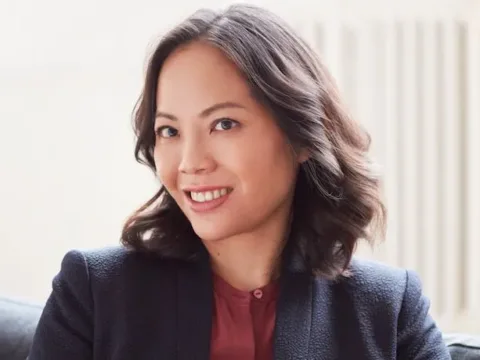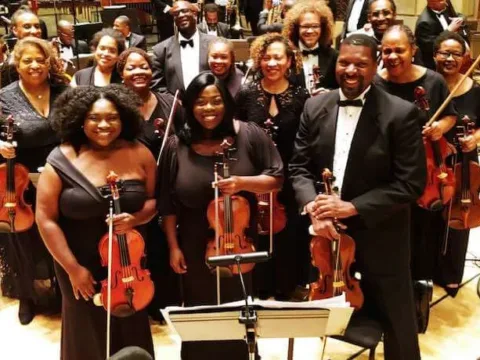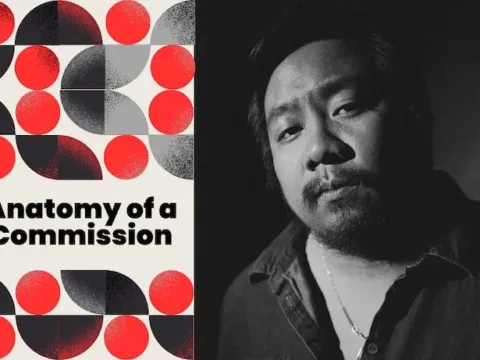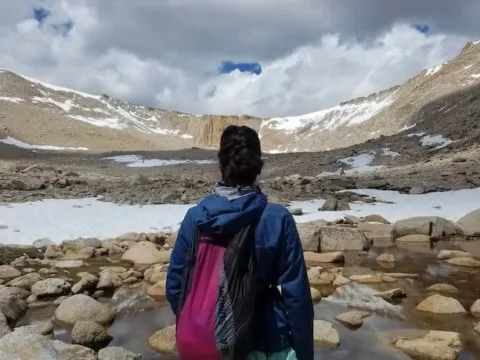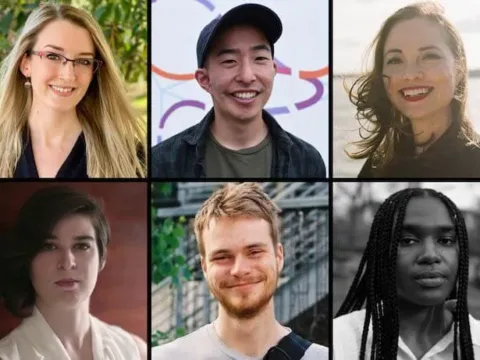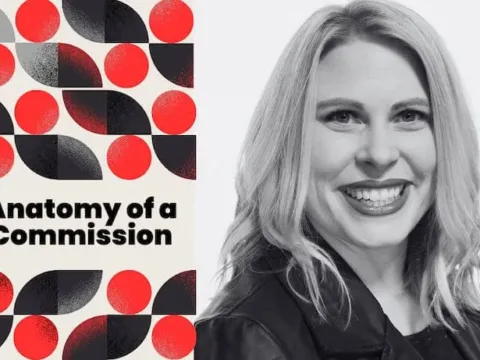The sound of liberation is a battle with silence. It is a mad mashup of noise, nostalgic ballads, and clashing sounds. It is a reckoning with the deafening chaos. It is a radical transcendence from death. This is poetry: a transformation of destruction into hope.
By Shirine Saad, with contributions by sonic agent Christina Hazboun, journalist Nathalie Shooter and musicologist Nili Belkind
When we think of Palestine, we think of liberation. A dream so vast, so deep. A dream devoid of place, borders, or temporality. A dream imbued with nostalgia, melancholy, rage, and lyricism. “Where can I free myself from my homeland in my body?” asked Mahmoud Darwish, the poet of the Palestinian struggle. “I’m here to tell you whatever you build will be ruined, so make it beautiful,” writes Hala Alyan, the voice of a new generation in exile.
Liberation is tinted with the sunny color of olive trees and perfectly blue horizons. It smells like bursting jasmine bushes and a slashed lemon from the tree. But what does liberation sound like? It is rooted in resistance and remembrance. Haunted by the drum rhythms, sweet nay flute and zhaghareet (ulutations) of the gatherings of the family village. The Oud, Qanun, Kawal, and Buzuq of classical Eastern music and Maqam, and verse of regional epic traditions.
After 1948, when 700,000 Palestinians were displaced in the ongoing Nakba (‘The Disaster’), Palestine’s sonic movement went underground. It was dispersed and expelled by the Occupation, into neighbouring countries and the shatat (diaspora). Arab nationalism became the voice of liberation for Palestinians. Palestinian musicians such as Abu Arab, ‘60s icons Fairuz and Abdel Halim Hafez, revolutionary Sheikh Imam, and Lebanese singer and composer Marcel Khalife defended our shared heritage with a promise of glory and freedom from the shackles of the colonial era. After the second Nakba (known as Naksa) in 1967, when Israel occupied all of Palestine, the Palestine Liberation Organization (PLO) rose and Shaab’i (folk) music was adopted as the sound of Palestinian resistance, as a national soundtrack honoring the Fellaheen (peasants).
[Tweet “Liberation is tinted with the sunny color of olive trees and perfectly blue horizons. It smells like bursting jasmine bushes and a slashed lemon from the tree. But what does liberation sound like?”]
Other pioneers such as Said Murad and Kamilya Jubran, who were founders of the band Sabreen, made music that explored new hybrids. The group, which formed in the ‘80s, mixed Arabic music with Indian, African, and American traditions, with lyrics by Palestinian poets.
Following the first Intifada in the ‘90s, musicians moved away from traditional and classical instrumentalization. Sound came out of the ghettos, where the youth listened to Biggie, Tupac, A Tribe Called Quest, and Shabazz Palaces, and read Angela Davis and Nawal al Saadawi. The radical DAM crew created an Arab rap style which inspired a massive street culture movement in Palestine and the SWANA region. This graffiti, hip-hop, and slam scene built a now historical kinship with the African-American struggle and the revolutionary work of the Black Panthers and leaders such as Angela Davis; cross-cultural solidarity against imperialism continues to this day with Black Lives Matter and Decolonize this Place, which draw the connections between the Israeli apartheid and global capitalist oppression.
This DIY spirit has fueled waves of experimentation. In home studios, makeshift radio stations, abandoned warehouses, street corners, and mosques, DAM’s anthems, Muqata’a’s noise drones, and DJ Sama’s hard techno beats resonate beyond walls. The angst-ridden trap soundscapes of the Ramallah electronic collective, BLTNM, echoes the mood of a new generation, deep into global club cultures that cross between avant-garde, grime, and electronic sounds. In Palestine, where a home is not a given, where movements and words are policed by checkpoints, permits, raids, interrogations, bombs, bullets, and tear gas, and jobs are scarce, experimentation is not a stylistic device. It is often the only instrument to make sounds with.
After the attacks on Sheikh Jarrah in early May, as Ramadan drew to a close, Radio Alhara, a new online station based out of Bethlehem, Ramallah, and Amman, went silent for the first time since the proposed annexation of the West Bank. Then came Sonic Liberation Front, a continuous program featuring experimental sounds by a new group of pan-Arab disrupters. Dakn played a minimal symphony recorded during the first Intifada, evoking echoes of wailing. Yousef Anastas looped Fairuz’s iconic Ya Quds, layered with distorted scratches that are mixed with historic political speeches and ancient religious incantations. In Synergia’s set, the buzz of seesaws and layered percussion wove between a capella rap and Shaabi ballads. As global protests rose, so did the sound of Palestinian resistance.
Words, glitch, rhythm, dissonance, chaos, and melody all play a role in the revolution. They tell the story of daily life under siege. “There is the sound of bullets,” sings rapper Daboor in their new “Sheikh Jarrah” track, where a heavy bass and the sound of a gun loading convey a sense of apocalyptic urgency.
In a state of occupation, making art is disobedience. Here, turning despair into sound saves people’s souls. Words save people’s souls. Words and rhymes erupt like gasps of breaths over death sentences.
In order for me to write poetry that isn’t political
I must listen to the birds
& in order to hear the birds
The airplane must be silent
Poet Marwan Makhoul penned these lines on the Gaza Poets Society Instagram page as buildings collapsed under the bombs in Gaza. The act of listening, of speaking, was a cry for freedom. How else could their complaint be heard?
“Palestine’s been occupied for decades, for centuries…. Won’t occupy my mind,” rapped the 10-year-old MC Abdul on May 15 as he walked past the recent devastation in Gaza, words cutting Eminem’s “Cleaning out my Closet” melody like knives.
With the collapse of the so-called Arab Spring, mapping the politics of sound has become a central focus in the region and beyond. The violent resonance of what we hear — and don’t — is heavy with historical meaning, often revealing hidden truths. The influential research organization Forensic Architecture, based at Goldsmiths, University of London, uses audio research, interviews, and immersive technologies to investigate human rights violations in Palestine and the region that otherwise go unchecked to “access and explore memories of trauma” — working in collaboration with legal bodies to review the evidence they gather. Forensic Architecture was a catalyst for the Whitney Biennial protests in 2019, proving that Vice Chairman Warren B. Kanders manufactured tear gas that had been used against Palestinians and provoking his dismissal.
Jordanian artist Lawrence Abu Hamdane, previously a member of Forensic Architecture, has been experimenting with noise both for political mapping and abstract compositions throughout his practice. His after SFX project, first premiered in the Tate Modern Tanks in 2018, was a performance of the recordings of a series of objects we cannot see. We were invited to sit with “a loud cacophony of objects, a looping list of acoustic debris and sonic memories of violence inseparable from cinema sound.”
And Asma Ghanem has been recording and manipulating field recordings of radio news shows, speeches, sirens, ambient noise, and poems since childhood — archiving her experience in refugee camps and under the occupation. During the second Intifada, she began to hear strange voices, unsure of whether they were real or hallucinatory. The sounds she composed and layered, droning textures, reflected both familiar moments of her immediate environment and a need to escape it. Mapping trauma, her immersive performances use sound as a political device to activate a decolonial reversal of a history otherwise muted.
Like so many memories, these beautiful cacophonies will not be forgotten. The sound of liberation is a battle with silence. It is a mad mashup of noise, nostalgic ballads, and clashing sounds. It is a reckoning with the deafening chaos. It is a radical transcendence from death. This is poetry: a transformation of destruction into hope.
Learn more
Watch
Shadia Mansour: This is Palestine
Read
Johnny Farraj and Sami Abu Shumays, Inside Arabic Music: Arabic Maqam Performance and Theory in the 20th Century
Nili Belkind, Music in Conflict: Palestine, Israel and the Politics of Aesthetic Production
David McDonald, My Voice is My Weapon
Forensic Architecture, THE EXTRAJUDICIAL EXECUTION OF AHMAD EREKAT
I CARE IF YOU LISTEN is an editorially-independent program of the American Composers Forum, funded with generous donor and institutional support. Opinions expressed are solely those of the author and may not represent the views of ICIYL or ACF.
A gift to ACF helps support the work of ICIYL. For more on ACF, visit the “At ACF” section or composersforum.org.
